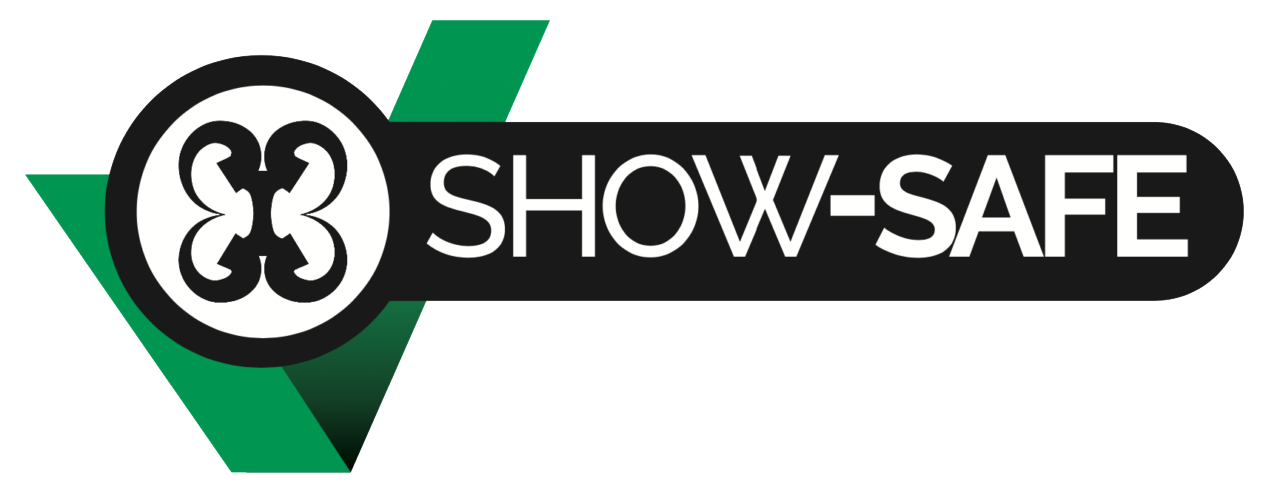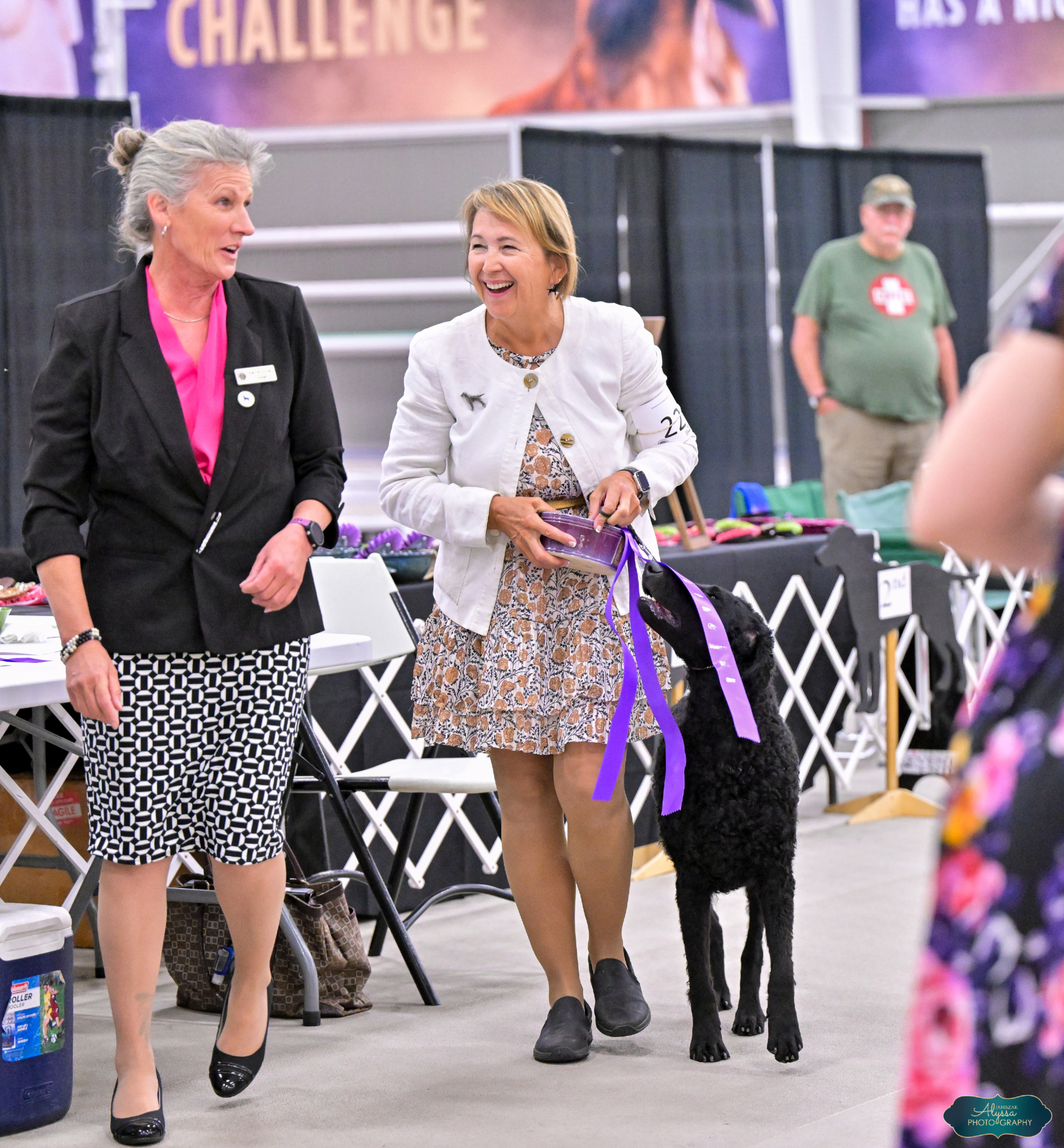Protecting What We Love Most
By Diane Moore
Originally published in Best In Show Magazine, Jun 23, 2025
Article begins on page 60.
When I tell people about my work with a nonprofit that addresses abuse and misconduct in the dog show world, I can almost always predict their response: “I didn’t realize that was such a big issue in dog shows.”
It’s a natural reaction, usually accompanied by surprise or confusion.
Predatory Behavior: A People Problem, Not a Dog Show Problem
I always reassure them: dog shows are incredible, family-friendly, community-oriented events centered around the shared joy of celebrating some truly remarkable dogs. This community is filled with some of the most compassionate, committed, and warm individuals I’ve ever met. The dog show world represents the best of what it means to be a community.
I then explain that predatory behavior isn’t a dog show problem, it’s a people problem that arises anywhere trust and access intersect. Similar to schools, sports teams, or online spaces, dog shows bring people together in ways that can create both positive connection and, unfortunately, vulnerability. With over 30 years of experience in public child welfare, I’ve seen how those intent on misconduct are often skilled at gaining trust and exploiting it, especially in communities that aren’t actively guarding against it.
Consider the following statistics as you contemplate the demographics of many of our community members:.
1 in 9 girls and 1 in 20 boys under the age of 18 experience sexual abuse or assault.1
Females ages 16-19 are 4 times more likely than the general population to be victims of rape, attempted rape, or sexual assault.2
Nearly 1 in 5 women (18.3%) and 1 in 71 men (1.4%) have been raped in their lifetime.3
1 in 4 women (24.3%) and 1 in 7 men (13.8%) aged 18 and older in the US have been the victim of severe physical violence by an intimate partner in their lifetime.3
With tens of thousands of participants, you just have to do the math to know that members of our community have definitely been affected by such misconduct. Nearly everyone comes to this community with good intentions, but when harm happens among our members we all feel its erosive influence. The ripple effect of both the event and how we respond to the event impacts the trust, pride, and sense of safety that bind this community together.
And That’s Where SHOW-SAFE Comes In
SHOW-SAFE is a nonprofit dedicated to promoting safety in the dog show world so that every participant can thrive. We take a proactive stance against all forms of misconduct, including:
|
Elder Abuse |
Grooming Bullying Stalking Exploitation Human Trafficking Neglect of Basic Needs |
We confidentiality and professionally serve everyone, regardless of age, gender, background, or role in the community. Our goal is to foster a culture that recognizes misconduct, responds swiftly and supportively to victims, and promotes healing and restoration in the aftermath.
We do this through our program initiatives:
Education: We provide prevention education to Juniors, Clubs, and other community members to help build the skills and awareness required to create safer spaces.
Immediate Response: If you or someone you know is not safe in the show community, call our confidential hotline at 1-859-203-8683. We’ll help access the support and resources you need to stay safe.
Aftercare: We connect survivors with long-term healing resources to support their recovery journeys.
Leadership Development: Currently in development, this program for Juniors will create a pipeline of ethical, well-informed leaders to sustain SHOW-SAFE’s values across future generations.
The Stranger Danger Myth
It may feel reassuring to believe that those responsible for serious abuse are outsiders — people who have nothing in common with us or the dog show world. But in reality, about 90% of child sexual abuse is perpetrated by someone known and trusted by the child or their family.⁴ Familiarity and trust, which we often assume are safeguards, can instead be the very conditions that allow abuse to occur.
Of course it would be completely absurd one day to walk up and punch a stranger at a dog show. Yet that same evening, in the privacy of a hotel room, RV, or home, someone might easily lash out in anger at a spouse, partner, or child and cause real harm. Similarly, in cases of elder abuse, only 6.7% of victims had no prior relationship with their abuser.⁵
The frequent travel, varied venues, intergenerational relationships, formal mentorships, competitive pressure, and imbalances of power, income, and influence are woven into the dog show world, but these very factors also create opportunity for those who would do harm. The bad actors don’t reveal themselves easily to us, thus requiring our increased awareness and vigilance.
The Costs of Dismissing Concerns
Clubs work hard to attract new members and support Juniors as they transition into adulthood, hoping they’ll stay engaged in the fancy. Many parents who grew up in this world want their own children to experience the same joy and sense of belonging they once felt. But if we fail to foster a community that is both welcoming and safe, the next generation will take their time, talents, and energy elsewhere.
And the stakes go far beyond participation. The lifelong impact of abuse is staggering — both emotionally and economically. In 2015, the total lifetime cost of child sexual abuse in the U.S. was estimated at $9.3 billion6 — and that figure doesn’t even account for other forms of harm, including domestic violence, elder abuse, or trafficking. Behind every statistic is a person whose potential was stolen. We must deliberately create a sustainable culture where individuals thrive, Juniors stay, and families continue the legacy of sharing this incredible sport across generations.
Safeguarding Our Legacy
Even though it can be uncomfortable, it’s okay to talk about the harder realities of our sport. In fact, it’s absolutely necessary. Ignoring them doesn’t make them go away, it just gives them room to grow. Having a willingness to address these tough issues out in the open is in no way an indictment of the dog show community; conversely, it’s a testament to its integrity.
And when we say we love this sport, that means we must be willing to protect it and every individual within it. Because dog shows are more than competitions. They are multi-generational gatherings where lifelong friendships are forged. They celebrate the best of the best, and we must safeguard that legacy, not just for those showing today, but for the leaders, handlers, judges, breeders, and enthusiasts who follow us tomorrow, because they too deserve the best.
Feeling the Shift
The good news? This community gets it.
The support we’ve received has been overwhelming and heartening. Clubs, families, and individuals alike are stepping up to affirm that misconduct will not be tolerated. And thanks to the AKC’s updated Personal Conduct Policy, the message is even clearer. We’re not just shining a light into the dark corners, we’re building a culture where the shadows can’t hide. And the impact we are already providing in the lives of those utilizing our services is tremendous. Every potential victim now has a community standing behind them, aware and watchful. We are proactively setting a new standard that is rooted in respect, compassion, safety, and knowledge.
The Power of Our Collective Voices
None of us, as individuals or clubs, is immune to the need for greater awareness, resources, and support when it comes to safety. That’s why having SHOW-SAFE take on the heavy lifting with you is both efficient and essential. SHOW-SAFE isn’t just an organization. It’s you. It’s all of us. It’s the collective voice of a community coming together to say, clearly and unequivocally: Abuse has no place here.
Together we can protect what we love most.
References:
1-David Finkelhor, Anne Shattuck, Heather A. Turner, & Sherry L. Hamby, The Lifetime Prevalence of Child Sexual Abuse and Sexual Assault Assessed in Late Adolescence, 55 Journal of Adolescent Health 329, 329-333 (2014)
2-Department of Justice, Office of Justice Programs, Bureau of Justice Statistics, Sexual Assault of Young Children as Reported to Law Enforcement (2000).
3-Black, M.C., Basile, K.C., Breiding, M.J., Smith, S.G., Walters, M.L., Merrick, M.T., Chen, J., & Stevens, M.R. (2011). The National Intimate Partner and Sexual Violence Survey (NISVS): 2010 Summary Report. Atlanta, GA: National Center for Injury Prevention and Control, Centers for Disease Control and Prevention.
4-Finkelhor, D., & Shattuck, A. (2012). Characteristics of crimes against juveniles. Durham, NH: Crimes Against Children Research Center. Retrieved from https://www.researchgate.net/publication/239454508_Characteristics_of_Crimes_Against_Juveniles
5-Weissberger, G. H., et al. Elder abuse characteristics based on calls to the National Center on elder abuse resource line. Journal of Applied Gerontology. October 2020. Found on the internet at https://pubmed.ncbi.nlm.nih.gov/31364442/
6-Letourneau, E. J., Brown, D. S., Fang, X., Hassan, A., & Mercy, J. A. (2018). The economic burden of child sexual abuse in the United States. Child Abuse & Neglect, 79, 413-422.










